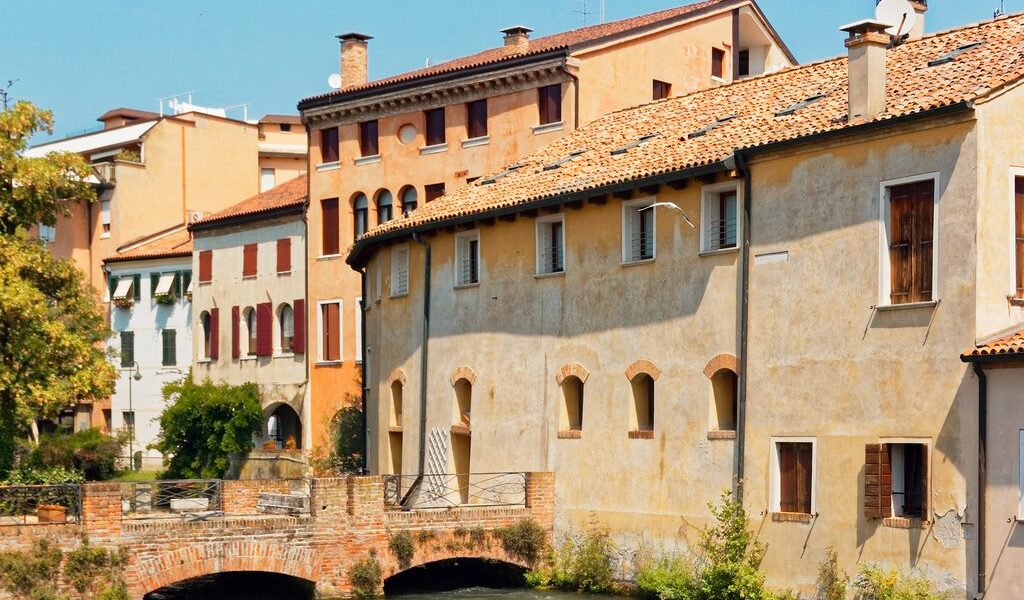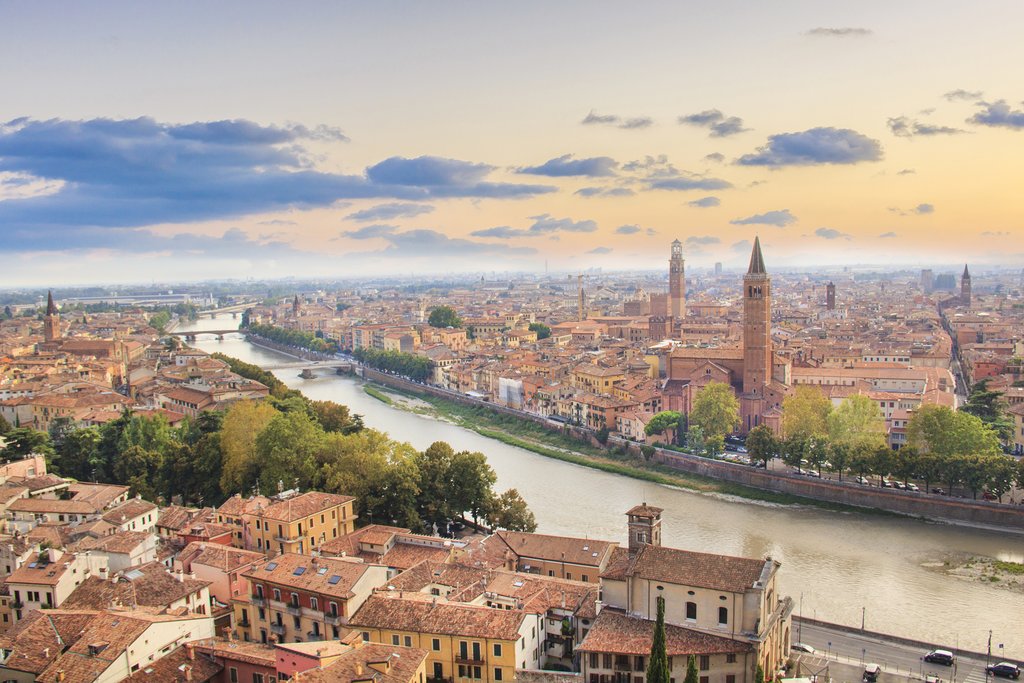
Venice is crammed with attractions, but if this is your second visit or you’re here for a week or more, head across to the mainland. Beyond the causeway lies the Veneto, a vast, historic region rich in culture, vineyards and intriguing medieval towns. Though this was once part of the Venetian Empire, it feels very different from the city: visit Palladian mansions, stand on Juliet’s balcony, and sample bubbly prosecco with these great day trips.
## Discovering the Enchanting Veneto Region: A Journey Through Art, History, and Wine
The Veneto region of Italy, a captivating tapestry woven with threads of history, art, and viticulture, awaits your exploration. Thanks to a well-developed public transport system, traversing this picturesque landscape is remarkably convenient. While train travel efficiently connects many destinations, certain itineraries are best experienced with the freedom of a rental car, allowing for spontaneous detours and immersive exploration. Alternatively, relinquish the responsibility of driving altogether and embark on a guided tour, where knowledgeable experts will unveil the region’s hidden gems and fascinating stories. Prepare to be captivated by the allure of Venice, and consider consulting comprehensive resources for the best things to do in Venice for an unforgettable experience.
## Treviso: A Miniature Venice
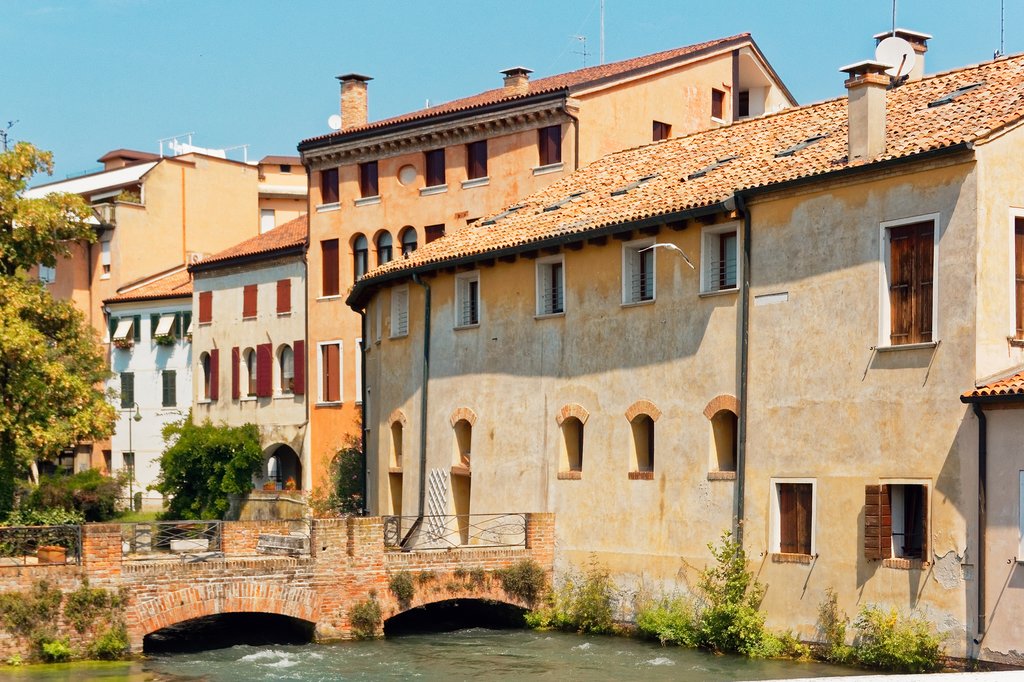
Step into the tranquil embrace of Treviso, affectionately known as “Little Venice” (piccola Venezia), a charming city that exudes a sense of serenity. Unlike its bustling counterpart, Treviso offers a more intimate and relaxed atmosphere, where you can wander through its narrow, medieval streets, admire the elegant Gothic churches, and meander along its own intricate network of canals. Weeping willows gracefully cascade over the waterways, while romantic waterwheels add a touch of old-world charm.
Beyond its picturesque canals, Treviso boasts a rich heritage. This is the city where the global fashion powerhouse, Benetton, was founded in 1965. More tantalizingly, Treviso proudly proclaims to be the birthplace of tiramisu, the beloved Italian dessert that has captured hearts worldwide. Indulge in the local culture, where historic charm and sweet creations intertwine in an unforgettable sensory experience.
The artistic allure of Treviso is deeply intertwined with the legacy of Tomaso da Modena (1326–79), a distinguished disciple of Giotto. Da Modena’s artistic contributions are prominently displayed in the city’s churches, which he adorned with captivating frescoes. Embark on a cultural journey, beginning with a visit to Santa Lucia on Piazza San Vito, an architectural gem showcasing Italian Gothic artistry. Next, immerse yourself in the splendor of San Nicolò, another exquisite example of the Gothic style. Conclude your artistic exploration at the Museo di Santa Caterina, where you can admire some of da Modena’s finest masterpieces.
Piazza dei Signori, the historical heart of Treviso, is a testament to the city’s rich past. This graceful square is enveloped by magnificent buildings, each bearing witness to centuries of history. Stroll along Via Calmaggiore, a vibrant thoroughfare lined with designer boutiques, as it leads northwest toward Treviso’s grand Duomo (cathedral). Inside, you’ll discover a treasure trove of artistic masterpieces, including a remarkable altarpiece by the renowned Titian.
No visit to Treviso would be complete without savoring the legendary tiramisu. Embark on a culinary pilgrimage to Le Beccherie (Piazza Ancilotto 9), the restaurant where local lore claims the dessert was invented in the 1960s. Let the velvety layers of coffee-soaked ladyfingers, mascarpone cream, and cocoa powder transport you to dessert heaven. And with its convenient proximity to Venice, Treviso makes for an effortless day trip, easily accessible by a 30- to 40-minute train ride.
## Padua: A City of Art and Religious Significance
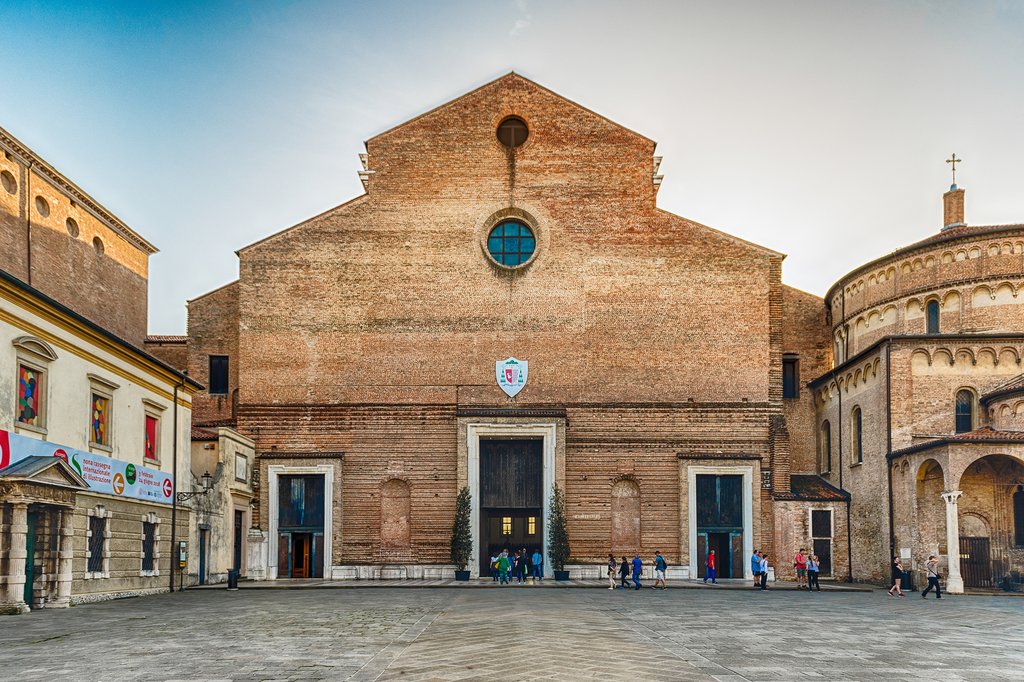
Just a swift 26-minute express train ride from Venice, Padua presents a captivating blend of industry and artistic grandeur. While Padua is a bustling Veneto industrial city, it is the awe-inspiring Giotto frescoes adorning the Cappella degli Scrovegni that truly sets it apart. Commissioned in 1303 by Enrico Scrovegni, a wealthy banker seeking redemption, the Scrovegni Chapel, also known as the Arena Chapel, may appear unassuming from the outside, but its interior is a revelation.
Within the chapel’s walls, Florentine genius Giotto masterfully adorned every surface with an extraordinary cycle of frescoes. These vibrant depictions narrate the life of the Virgin Mary and Jesus, captivating viewers with their emotional depth and artistic brilliance. Due to the chapel’s delicate nature, entrance is carefully regulated, requiring reservations to be made at least 24 hours in advance. Ensure you secure your spot to witness this unparalleled masterpiece.
If your itinerary allows for more time in Padua, venture to the Basilica di Sant’Antonio, another of the city’s major attractions. This ornate church serves as the final resting place of St. Anthony of Padua, a revered Portuguese Franciscan known as the Catholic patron saint of “finding things.” Pay homage to this beloved saint and admire the basilica’s architectural splendor.
In the piazza outside the basilica, encounter Donatello’s influential 1453 equestrian statue of the Venetian condottiere Gattamelata. This bronze sculpture holds the distinction of being the first large bronze sculpture of the Renaissance, marking a pivotal moment in art history.
## Verona: Where Romance and History Intertwine
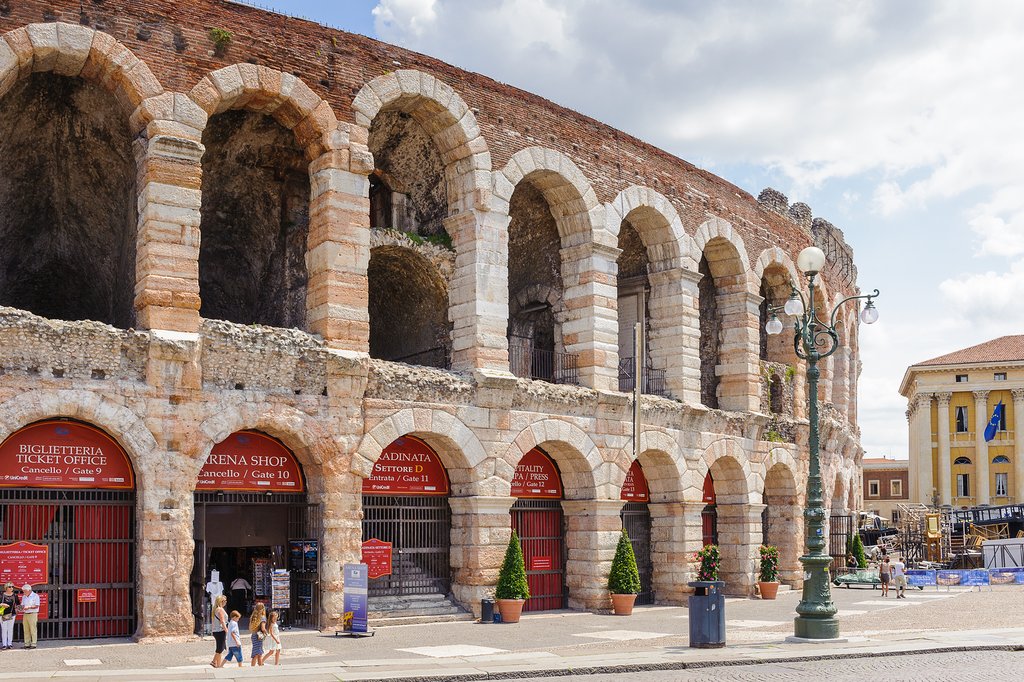
Step into the world of Shakespearean romance in Verona, an affluent city adorned with stunning medieval buildings in hues of strawberry and peach. Verona owes much of its international allure to William Shakespeare, who immortalized the city in his timeless (though entirely fictional) romance, Romeo & Juliet. Shakespeare’s connection with Verona extends beyond this iconic play, as he also set The Two Gentlemen of Verona and The Taming of the Shrew within its walls.
Pay homage to the star-crossed lovers at the Casa di Giulietta, a 14th-century house (complete with the famous balcony) that claims to be Juliet Capulet’s home. While the interior may be relatively sparse, the courtyard is a hive of activity, with visitors lining up to touch a bronze statue of Juliet. Legend has it that rubbing her chest will bring good fortune in matters of love. Beyond the allure of Romeo and Juliet, Verona offers a wealth of captivating sights and experiences.
The 1st-century Arena di Verona stands as a testament to the city’s Roman past. This magnificent amphitheater is the third largest classical Roman arena in Italy, surpassed only by the Colosseum in Rome and the arena at Capua. Attending a performance within its ancient walls is an unforgettable experience. Meanwhile, the Basilica di San Zeno Maggiore is recognized as the most exquisite Romanesque church in northern Italy. Completed around 1135, the current structure stands upon the 4th-century shrine dedicated to Verona’s patron saint, St. Zeno. Inside, marvel at Mantegna’s masterpiece, Madonna and Saints.
## Vicenza: Palladio’s Architectural Showcase
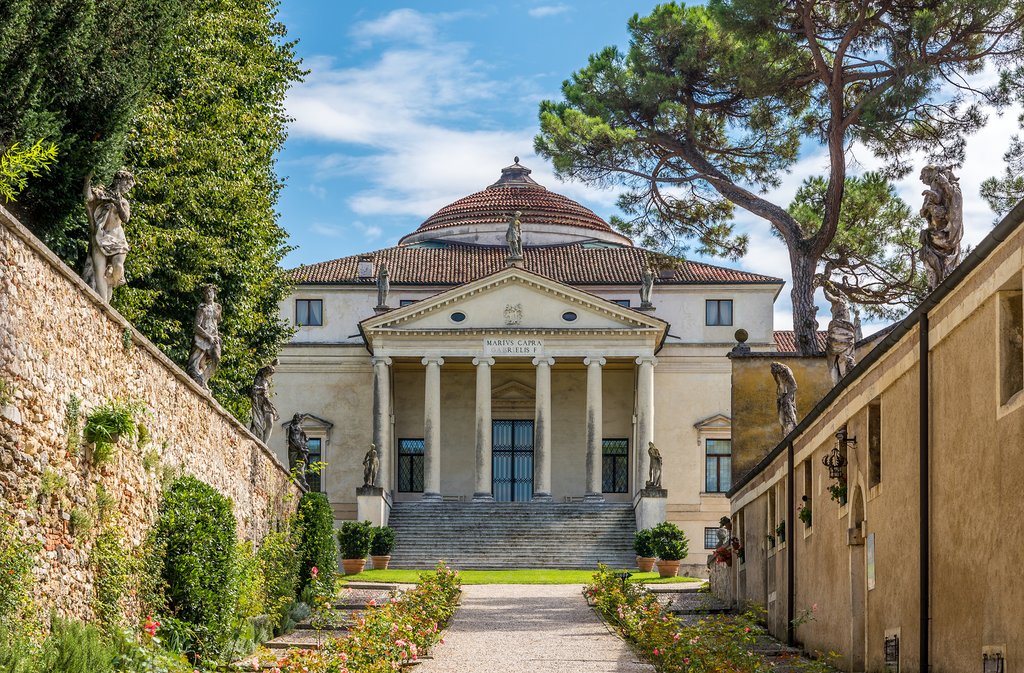
Discover the architectural splendors of Vicenza, often overshadowed by its neighboring cities, Padua and Verona. This city is brimming with architectural wonders, primarily crafted by the 16th-century master, Andrea Palladio. Despite Vicenza’s modern identity as a major industrial hub and the heart of Italy’s “Silicon Valley,” its historic center has remained largely unchanged since Palladio’s era, offering a glimpse into the city’s rich past.
Piazza dei Signori is dominated by Palladio’s magnificent Basilica Palladiana, crowned with an enormous copper dome. Today, the basilica houses the Jewelry Museum, adding a touch of sparkle to the historic setting. Palladio also designed the elegant Palazzo Chiericati, which now serves as Vicenza’s civic art museum. Drawing inspiration from classical Roman amphitheaters, Palladio conceived the Teatro Olimpico, a remarkable architectural feat. He also left his mark on numerous churches, infusing them with his signature Renaissance style. The Chiesa di Santa Corona, for example, houses his delightful Valmarana Chapel, as well as Veronese’s captivating Adoration of the Magi.
A short bus ride from the city center will lead you to Palladio’s exquisite Villa La Rotonda, which served as the inspiration for Thomas Jefferson’s Monticello. Nearby, Villa Valmarana ai Nani derives its name from the statues of 17 stone dwarfs adorning the surrounding walls. However, it is the 18th-century frescoes by Giambattista and Tiepolo within that truly make a visit worthwhile.
## Exploring the Veneto’s Wine Routes
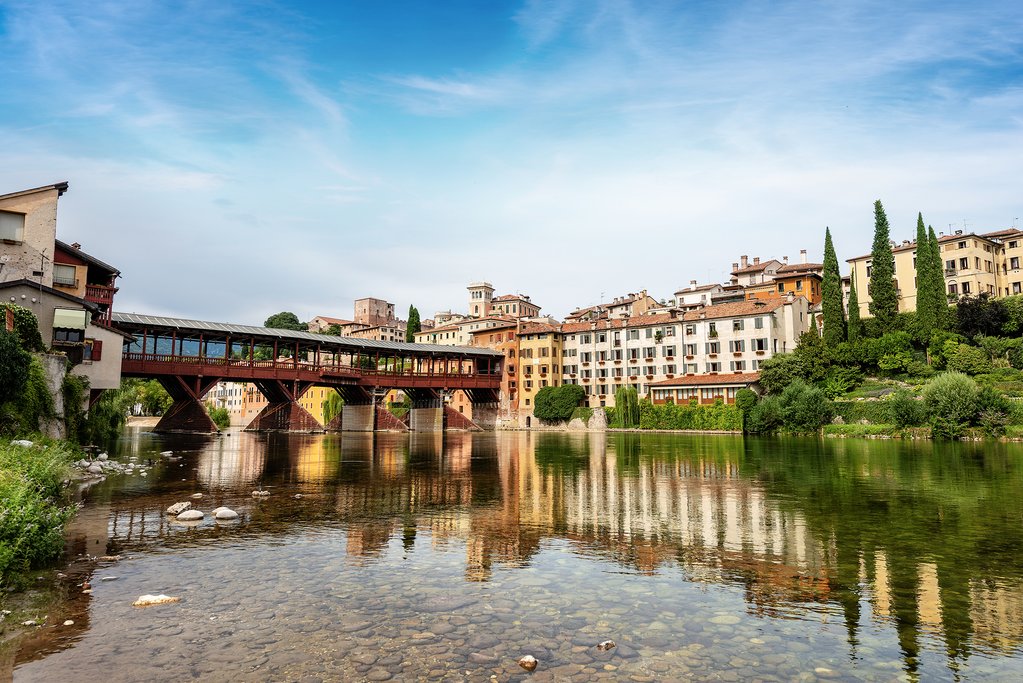
If you have access to a rental car, readily available in Piazzale Roma or across the causeway in Mestre, venture into the idyllic wine country of the Veneto, easily accessible from Venice. The closest of Italy’s renowned “wine routes” is the 26-mile Strada del Prosecco. This scenic route meanders through rolling vineyards from Conegliano (approximately one hour north of Venice) to Valdobbiadene. Here, the main attraction is prosecco, the dry, sparkling white wine often referred to as Italy’s champagne.
Many local wineries welcome visitors for tastings and purchases, with Arturo Vettori and Sorelle Bronca being just two of the many outstanding options. If your preferences lean towards red wine, Conegliano also marks the starting point of the Strada dei Vini del Piave, which stretches for 42 miles southeast to Oderzo, showcasing cabernets, merlots, and the distinctive Italian raboso. With more time to spare (a 1.5-hour drive), consider exploring the Valpolicella wine region outside Verona.
The Strada del Vino-Valpolicella serves as an umbrella for numerous itineraries curated by the local association of growers. Sample the wines at the Allegrini stable, located within the stunning Villa della Torre. Discover the organic vintages at Massimago, admire the stylish contemporary design at Zýmē, or visit the wineries of the late, legendary Giuseppe Quintarelli.
For enthusiasts of Italy’s fiery grape-based brandy, a pilgrimage to Bassano del Grappa on the banks of the River Brenta (a 1.5-hour drive from Venice) is a must. The town’s namesake spirit is produced at distilleries both within the town and in the surrounding countryside. Begin your grappa journey at the Poli Grappa Museum, then continue to Grapperia Nardini in the center of town to begin your tasting experience.
## Veneto Villas: Architectural Masterpieces
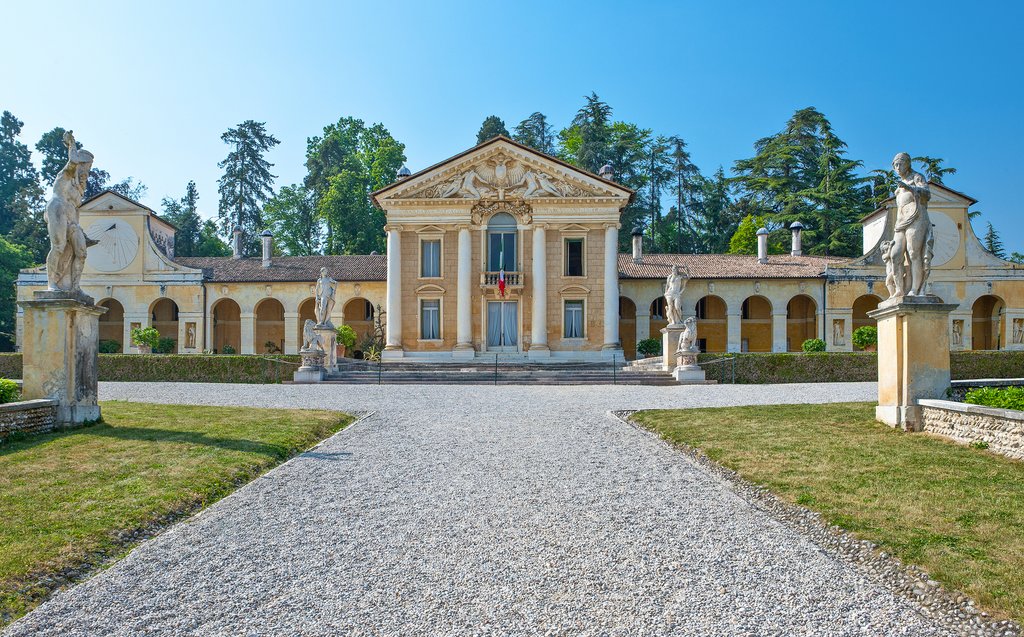
Delve into the architectural genius of Andrea Palladio with a tour of his most spectacular Veneto villas, an experience best enjoyed by car or on a guided tour. As historian Paul Johnson aptly noted, “Palladio never repeated himself…each design is a little world in itself.” Located approximately 37 kilometers northwest of Venice, the Villa Cornaro resembles a grand palace, distinguished by its two-tier classical façade of Ionic columns, designed by Palladio in 1552.
The Villa Serago, situated north of Verona, offers a stark contrast with its unique “rusticated” Ionic columns, completed in the 1560s. Meanwhile, Villa Barbaro (also known as Villa di Maser), which can be easily combined with the wine routes, presents a more subtle Classical design reminiscent of a Roman temple, enhanced by frescoes by Veronese. Each of these villas is a testament to Palladio’s innovative spirit and enduring legacy.
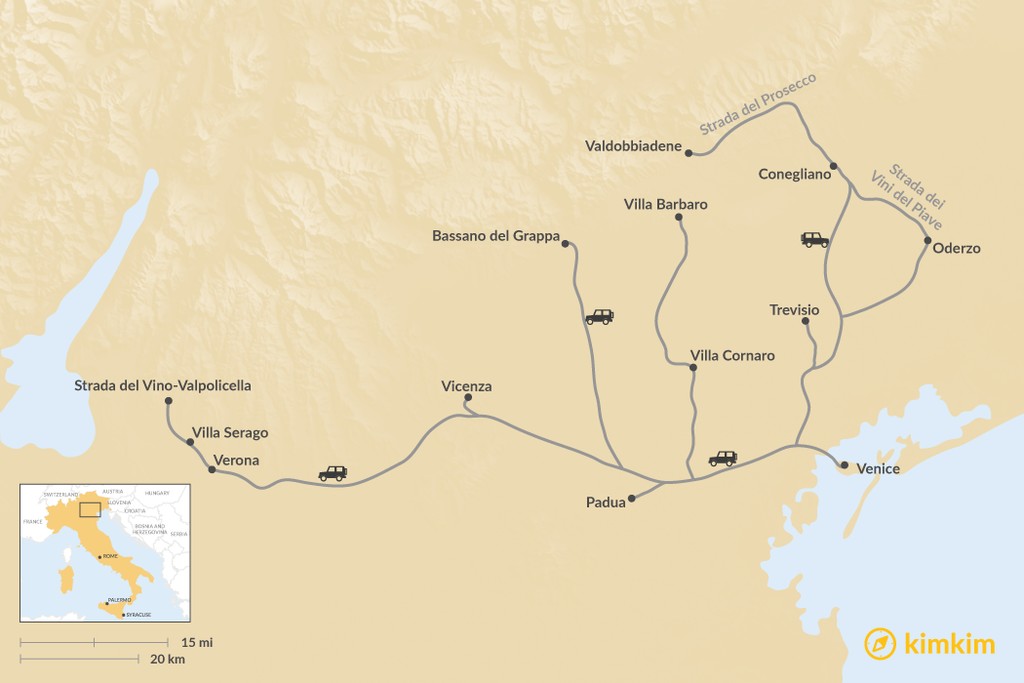
B-1379

